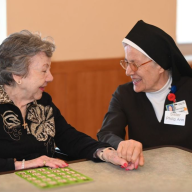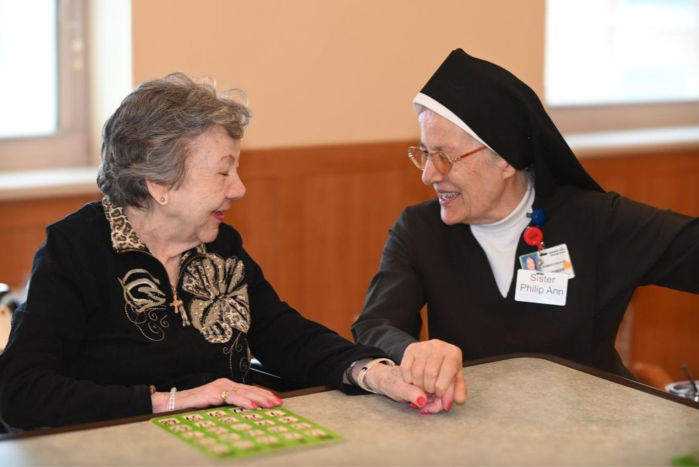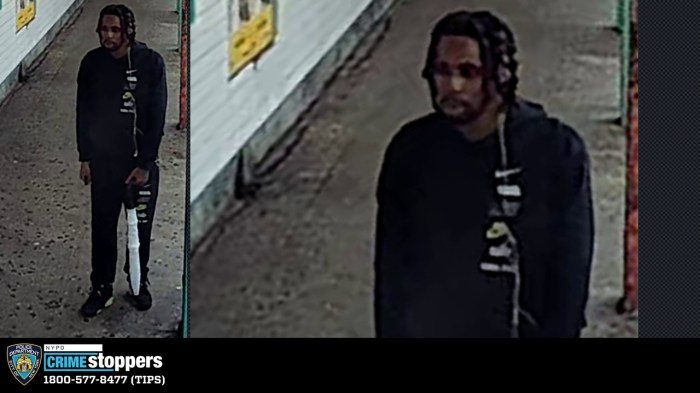By Kelsey Durham
The New York Academy of Medicine released a report this week outlining recommendations on how communities across the city can become better prepared to help senior citizens in the event of an emergency, including weather disasters such as Superstorm Sandy.
The organization, which studies health challenges that communities in urban populations face, said it began researching ways to improve preparedness for seniors immediately following the 2012 storm that left much of New York City crippled after ripping through the East Coast.
Many senior residents in Queens were left stranded, particularly in high-rise buildings in the Rockaways, after the hurricane. Emergency personnel had trouble locating and assisting them before the disaster hit, spurring the months of research NYAM put into the report before announcing its findings this week.
Jo Ivey Boufford, president of NYAM, said “17 percent of New York City’s population is over 60, and that figure is projected to increase by 50 percent over the next 20 years, That, combined with the increase of extreme weather events, supports the imperative that communities be prepared to support older adults in such emergencies.”
After interviewing about 200 people — including emergency responders, health care experts and about 100 seniors with an average age of 72 — NYAM identified several steps for how senior citizens and their communities can brace for emergencies so no one is left without access to services that are critical to their survival.
Lindsay Goldman, project manager of the study, said some of the key takeaways from the research conducted were that senior citizens should be consulted about how their needs fit into emergency plans and policies should be implemented to assist older community members in an emergency by recognizing the services on which they rely. She said it was critical for landlords or building managers to know their tenants and to create lists of certain needs or special circumstances, such as immobility and physical disabilities, that would make a person vulnerable in an emergency.
She also said that making sure senior citizens have a connection within their community is vital to making sure they can be located and continue to receive the care they need.
“Those who had a connection reported that they were more likely to have their needs met,” Goldman said. “It was difficult for responders to find older people who couldn’t reach out to anyone after the storm.”
Goldman outlined several ways to get senior citizens more connected with their communities around them by providing new alternatives for getting in touch with people if home phone service goes down. She recommended reaching out to technology companies about donating old cellphones or tablets to seniors to use in emergencies and to consider holding workshops to teach them how to use the devices.
Another initiative the report recommended was to establish a “disaster pharmacy” law that would make it easier for elderly people to have medications dispensed to them when a state of emergency has been declared, legislation Goldman said is already in place in 30 other states.
NYAM said one of its key priorities is to promote healthy aging and making sure that seniors are protected and cared for in the event of an emergency is now one of the agency’s main goals.
But Goldman said the group cannot do it on its own.
“Once a community begins planning for a disaster, it’s critical that they share that plan with each other,” she said.
Reach reporter Kelsey Durham at 718-260-4573 or by e-mail at kdurham@cnglocal.com.































